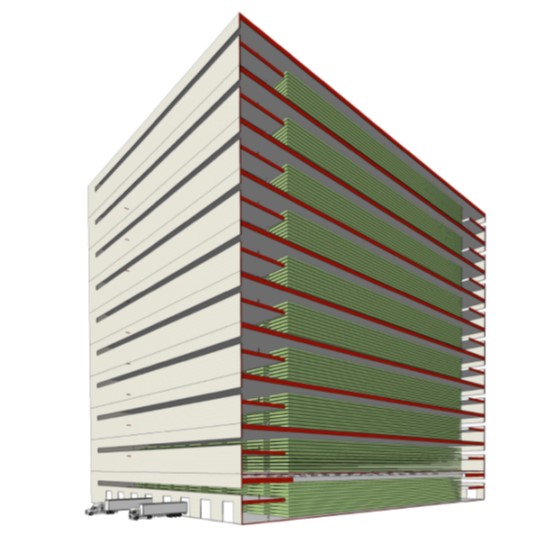
Wheat yield potential in controlled-environment vertical farms (Proc. Natl. Acad. Sci. USA)
Plant Science Research WeeklyWhen I think of vertical farms, I imagine baby lettuces and basil: small, leaf crops that benefit from growing close to the consumer. Here, Asseng et al. evaluate the potential to grow wheat, a staple seed crop, in a vertical farm system. Previous studies have demonstrated that wheat can be grown successfully…
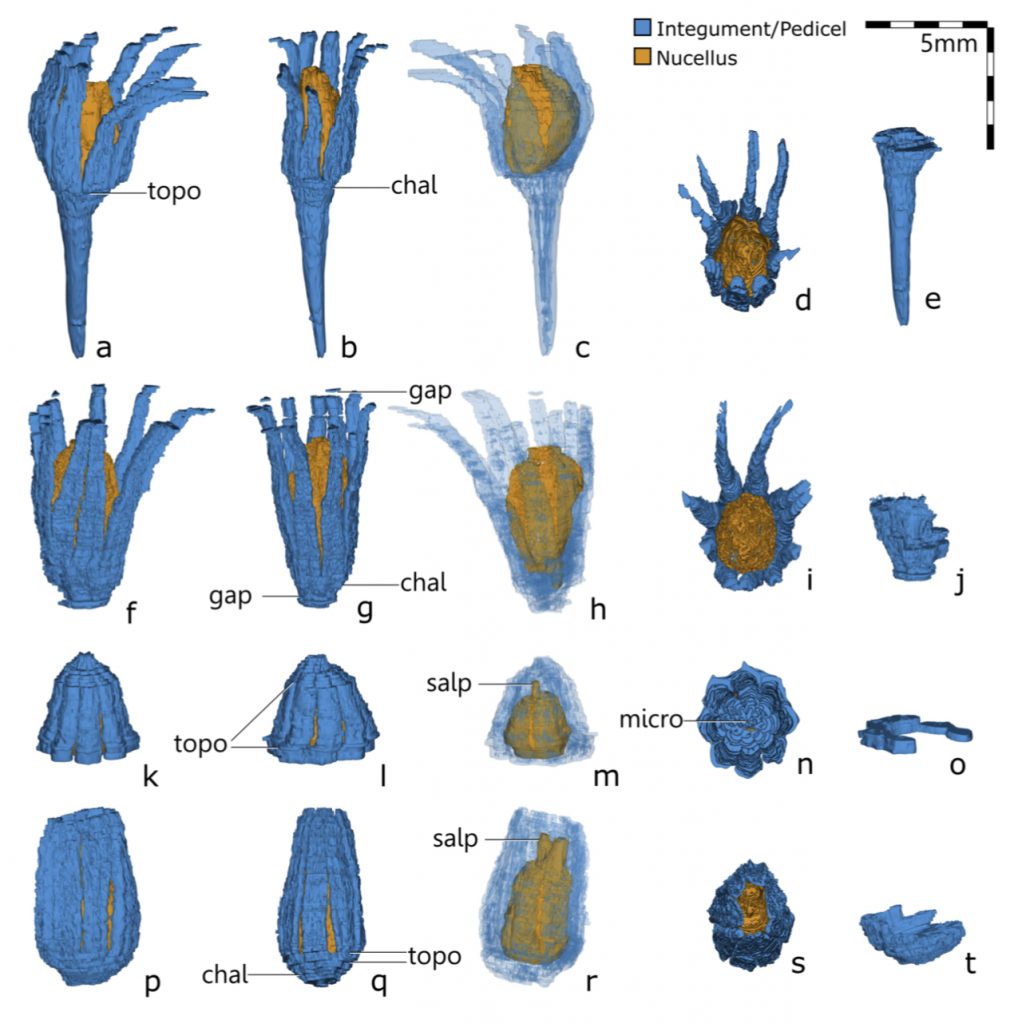
Ancient seeds reconstruction and the evolution of integuments (New Phytologist)
Plant Science Research Weekly
The origin of seeds - the specialized structures that contain and protect the developing embryos- is a key event in plant evolution. Primitive seeds comprise an exposed nucellus surrounded by a lobate integument; in contrast, extant seeds have one or more integuments fully enclosing the nucellus.…
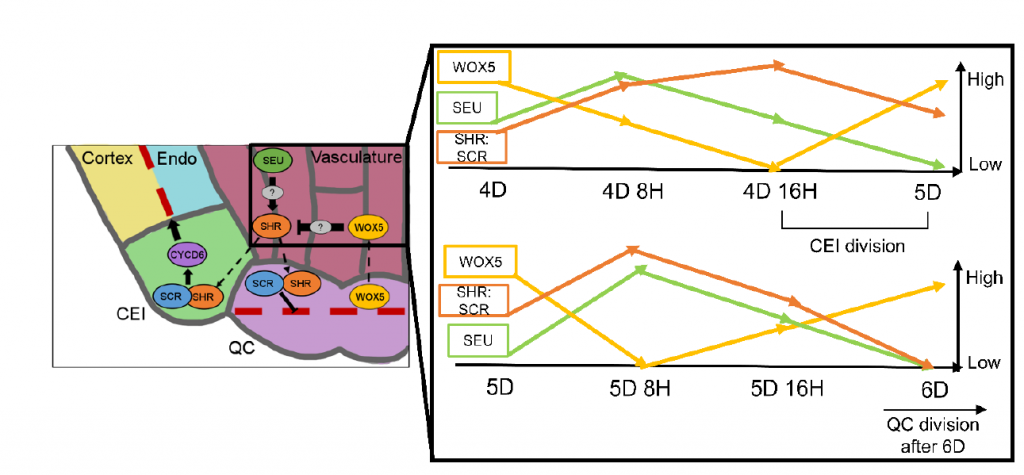
Protein complex stoichiometry and expression dynamics of transcription factors modulate stem cell division (PNAS)
Plant Science Research WeeklyStem cells are a group of undifferentiated cells that can divide and differentiate to form new organs. In Arabidopsis roots, the quiescent center (QC: the mitotically inactive group of cells) helps regulate the division of surrounding initials and maintain the stem cell fate. What makes the QC different…
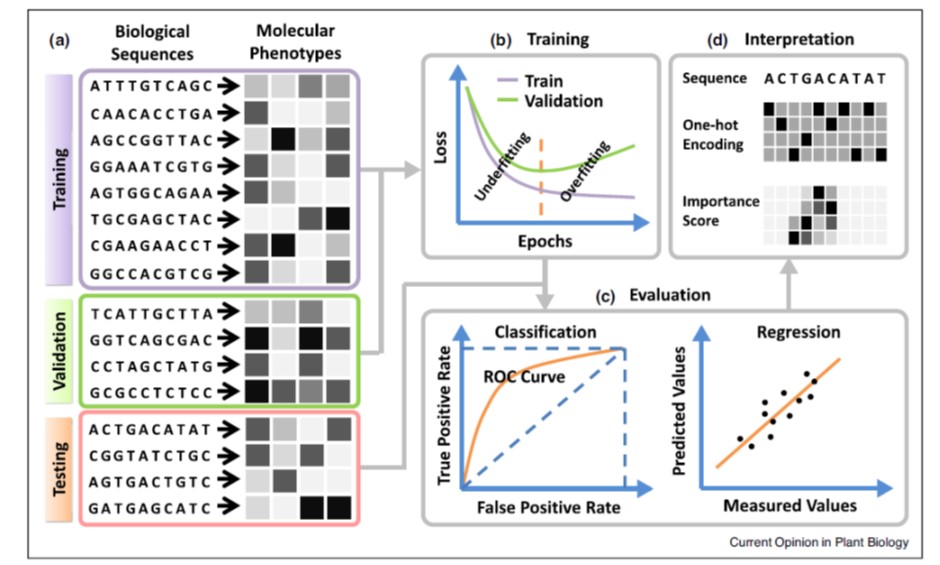
Review: Deep learning for plant genomics and crop improvement (Curr. Opin. Plant Biol.)
Plant Science Research WeeklyOne of the goals of plant science is to use the molecular phenotype (genome, transcriptome, proteome) to predict the whole-plant phenotype. Deep learning approaches can potentially begin to do this, starting with a training dataset, and testing it with a validation dataset. Wang et al. review advances…
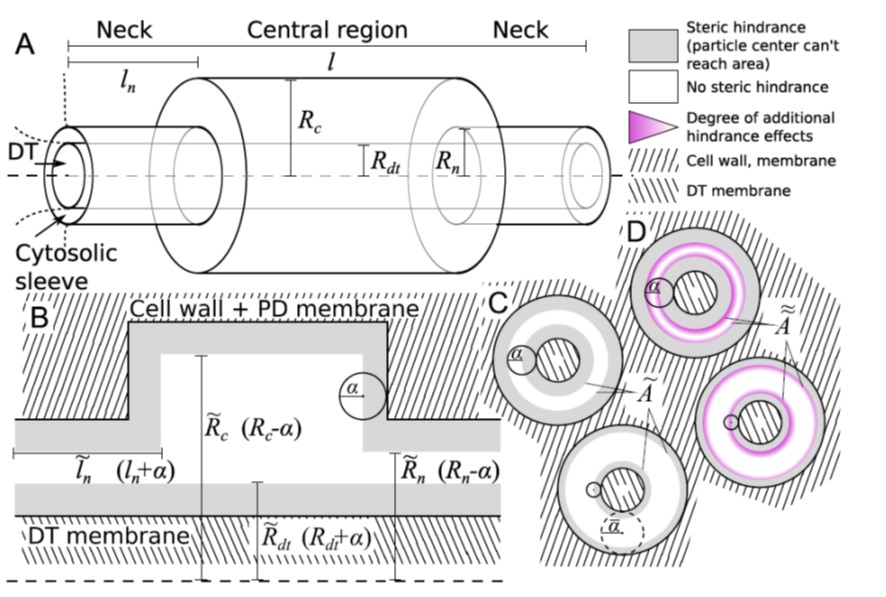
From plasmodesma geometry to effective symplasmic permeability through biophysical modelling (eLIFE)
Plant Science Research WeeklyPlasmodesmata are tiny regulated channels that connect adjacent plant cells through which nutrients, signaling molecules and viruses can move. To try to resolve discrepancies between functional and structural studies, Deinum et al. have developed a model for plasmodesmatal permeability that predicts…
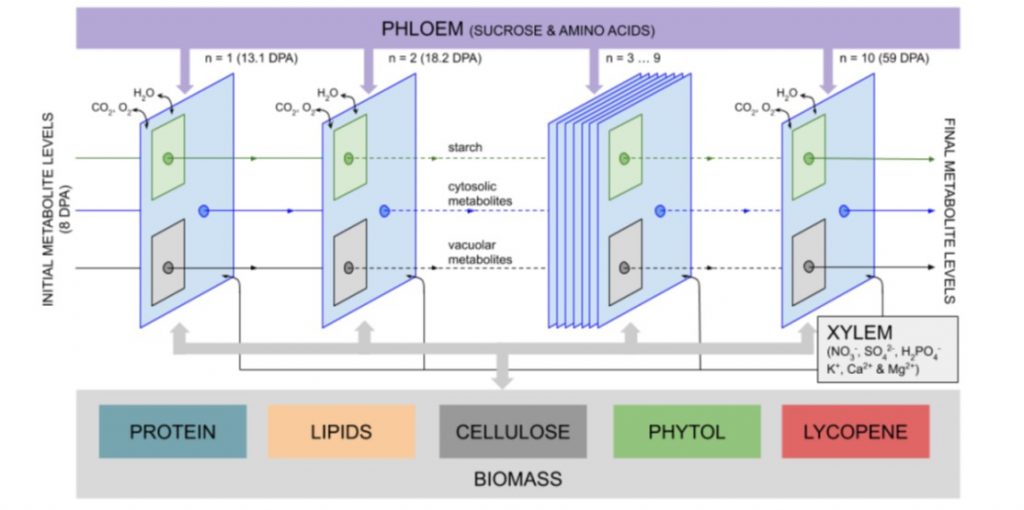
Predicting metabolism during growth by osmotic cell expansion (bioRxiv)
Plant Science Research WeeklyGrowth is driven by cell expansion, which is driven by both synthesis of metabolites and osmotically-driven expansion. This latter contribution is typically overlooked in metabolic flux analysis. To remedy this, Shameer et al. have developed a model, GrOE-FBA (Growth by Osmotic Expansion- Flux Balance…
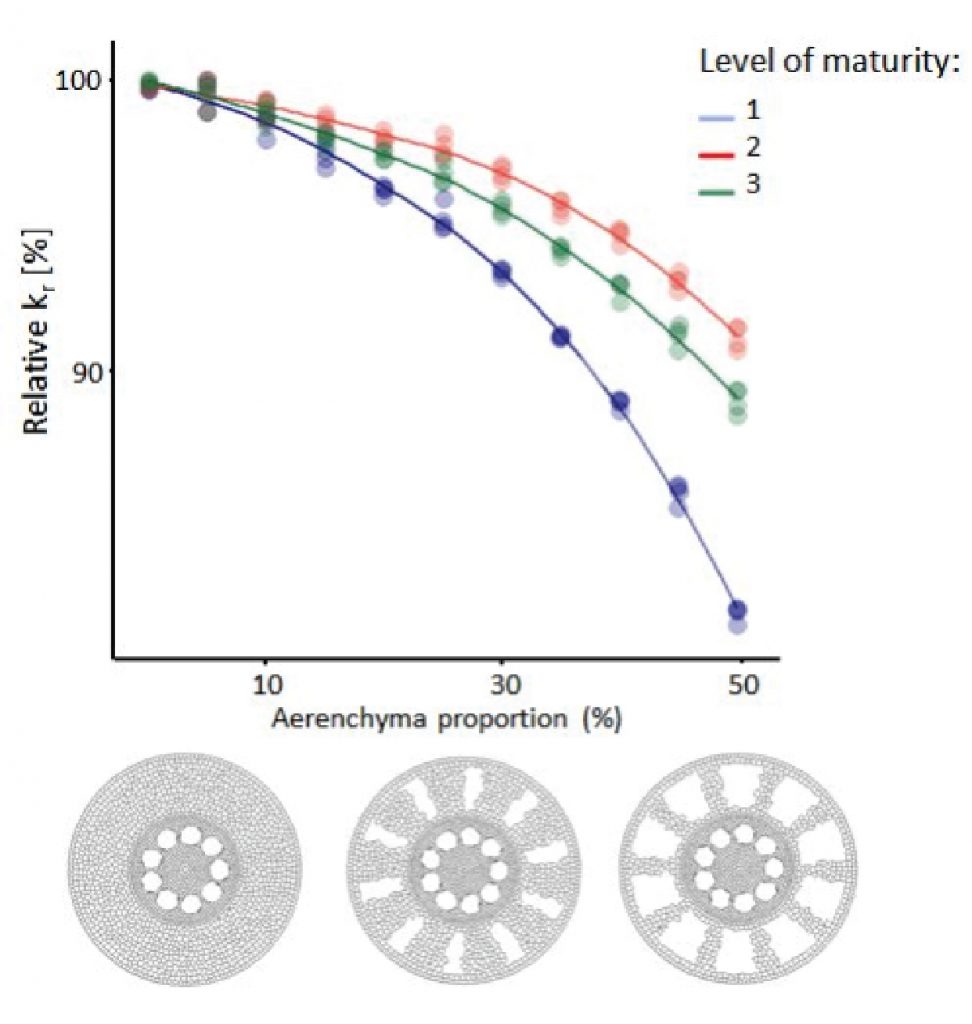
GRANAR, a new computational tool to better understand the functional importance of root anatomy (bioRxiv)
Plant Science Research WeeklyUptake of water by plants depends on root conductivity, which in turn is determined by hydraulic properties of individual cells and cell anatomy. Quantification of radial root anatomy is a time-consuming process, limiting our understanding of root anatomical features contributing to water uptake. Heymans…
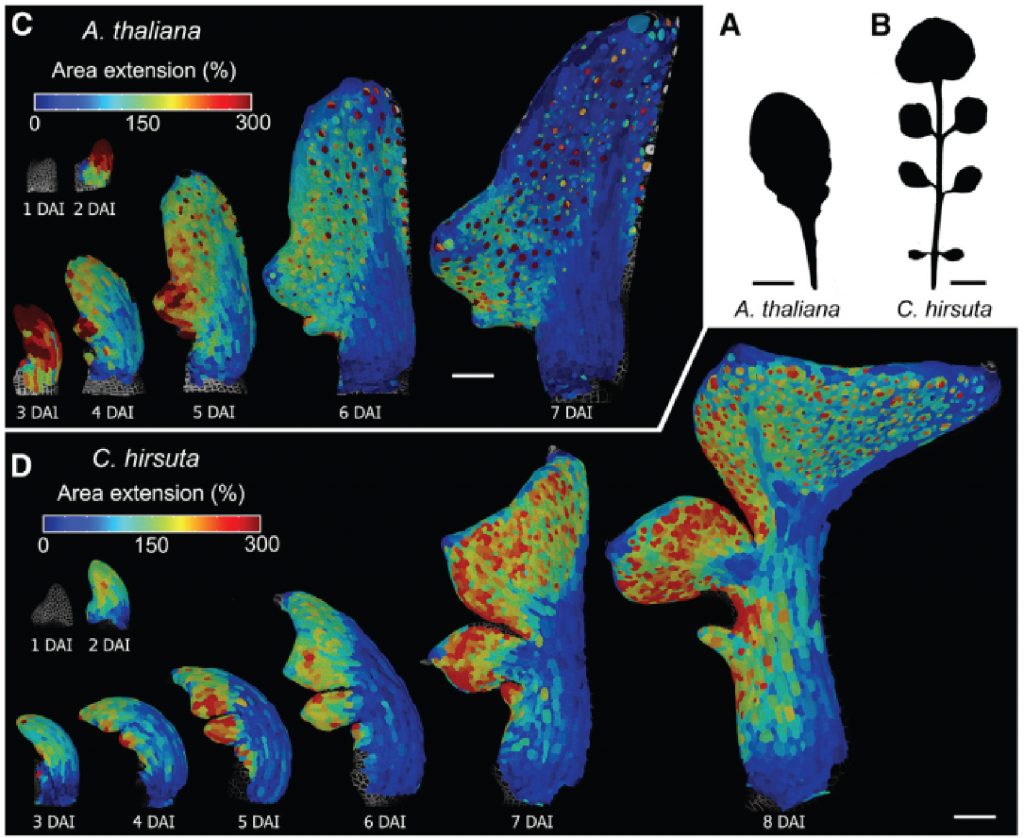
A growth-based framework for leaf shape development and diversity (Cell)
Plant Science Research WeeklyThe leaf shape is one of the features defining the diversity in the plant kingdom. However, it is still not understood how action of individual genes is linked to this morphological diversity. Kierzkowski et al. developed an imaging protocol to study the leaf primodium development to understand the cellular…
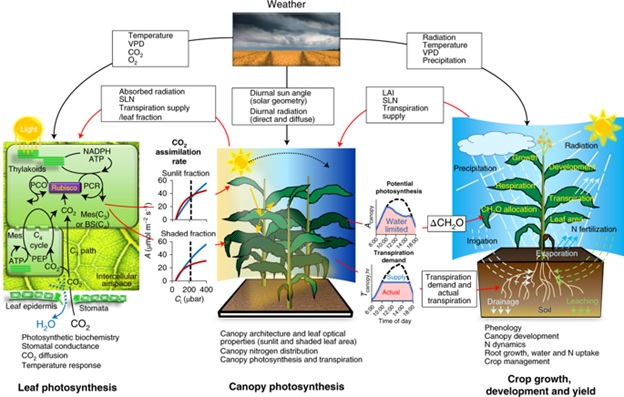
Modeling crop yield changes due to increased photosynthetic capabilities ($) (Nature Plants)
Plant Science Research WeeklyWith the need to feed the growing population and the threat of global climate change, there is an imminent need to increase crop yields. One commonly accepted method of accomplishing this is by enhancing the photosynthetic capability of major crop plants, which may result in an increased yield. A recent…

